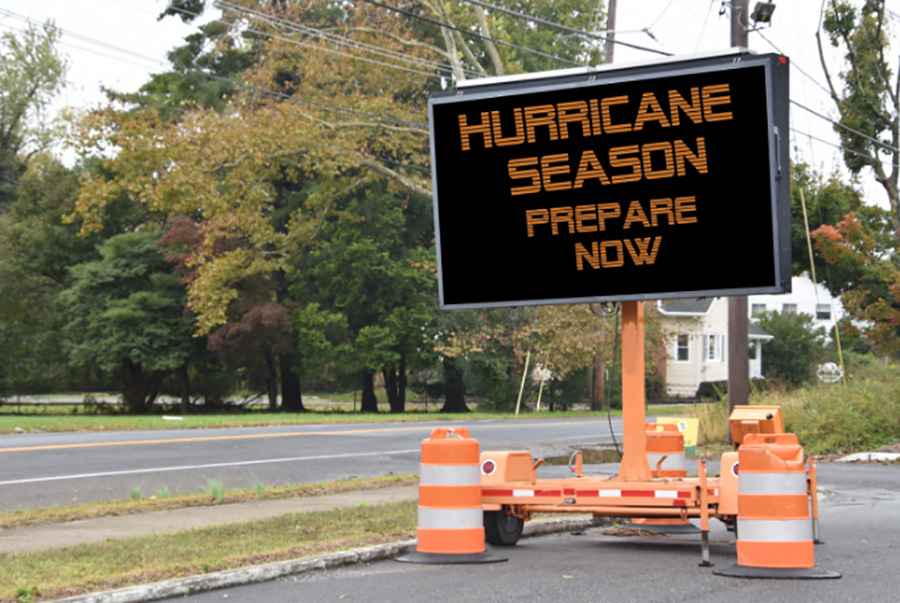How to Read and Respond to VMS Signs on Hazardous Roads
Driving on hazardous routes takes extra awareness. Weather, poor visibility, or unexpected obstacles can change traffic conditions quickly. Road agencies rely on electronic message boards to give drivers timely instructions that support safe and steady movement. These signs are meant to be read in seconds, so understanding how to interpret them and react appropriately is part of being a prepared driver.

What VMS Signs Mean for Drivers
Variable Message Signs, often shortened to VMS signs, are designed to carry information that drivers need at the moment. They can point out lane restrictions, closures, or major incidents. They also display speed guidance or suggest alternate routes during heavy congestion.
Because these messages are short and direct, your response should be equally immediate. If a board says a lane closes ahead, start merging without delay. If the display gives a specific instruction, treat it as an active rule, not just a suggestion. Failing to respond promptly increases the risk for everyone sharing the same stretch of road.
How Messages Are Built
Traffic management teams program the signs using systems that gather information from cameras, sensors, and reports from officers in the field. The goal is to make the wording clear and simple enough to grasp at a glance. A driver at speed should be able to read the message once and understand it.
The technology supports that goal. High-visibility LED displays allow messages to cut through sun glare or fog. Optical lens design and display LEDs are engineered for legibility across different distances. Even at night or during heavy rain, the text stays readable. That consistency is what makes drivers trust the boards.
Responding in Real Situations
Hazardous stretches often use VMS trailers or portable changeable message signs. You might see them near construction zones, emergency scenes, seasonal ice roads, or flood-prone areas. They are usually positioned well in advance of the hazard so drivers have time to prepare. The correct response is to reduce speed and make the required adjustments early. Waiting until the last second creates unnecessary risks.
On highways, large full-size signs can display travel times between exits, alert about traffic congestion ahead, or provide alternate routes to spread traffic flow. If you see that your expected route is delayed, weigh the information carefully before deciding to stay the course or adjust. The displayed travel times reflect current traffic statistics, not estimates from hours earlier.
Technology and Power Support
Modern systems rely on LED technology because it is durable and efficient. To keep the boards running, battery backup units are installed so the message continues even when local power fails. This matters during storms, when outages are common but drivers need direction more than ever.
Many authorities use matrix display technology to create customizable messages with varying text sizes. That flexibility allows short instructions in larger letters or longer directions spread across multiple lines. Advance scheduling also helps operators post messages that match expected conditions, like planned closures or major public events.
Uses Beyond Emergencies
The same infrastructure is valuable in other contexts. Traffic management centers use the boards to guide vehicles during public events. They might point people toward car park information, coordinate shuttle services, or redirect flows once a stadium fills up.
Customizable messages make it possible to keep instructions up to date as conditions change throughout the day. The boards can help with incident management during small accidents and then quickly switch to planned notices for the evening rush. That level of flexibility shows why a traffic management system includes more than just static signs.
Safety and Public Responsibility
Every sign connects back to road safety and public safety. The boards are part of traffic control. Drivers who follow instructions help create a smoother and safer response to hazards. Those who ignore the guidance add unpredictable elements that raise the chances of new accidents.
The effectiveness of this communication depends on consistent cooperation. A single car changing lanes early encourages others to do the same, which keeps traffic flow steady. When many drivers hesitate or resist the instruction, the risk of sudden braking and collisions rises. Reading the signs promptly and reacting without delay supports everyone on the road.
Why Drivers Should Pay Attention
Ignoring a message often leads to wasted time and additional risk. You might miss an alternate route, drive into flooding, or approach an incident scene too fast. Authorities invest in this technology because the data shows that informed drivers make safer choices. Real-time data taken from sensors proves that early warning reduces accidents and improves throughput on busy roads.
Responding properly is part of responsible driving. Treat each board as a direct line from road managers to you. Following the instructions keeps you and others out of danger, shortens delays, and helps crews do their work without added stress.
Conclusion
Electronic message signs are an active tool in modern traffic management. They rely on technology, real-time data, and consistent driver cooperation. Hazardous conditions demand fast decisions, and the boards are placed to give you that guidance at the right moment. Reading them carefully and responding without hesitation supports safer roads and smoother traffic for everyone who depends on them.